
Michael Mann’s newest epic, PUBLIC ENEMIES, is released today and he could not have cast three more brilliant performers. The film stars Johnny Depp as 1930’s bank robber and folk hero John Dillinger, Marion Cotillard as his moll Billie Frechette and Christian Bale as Melvin Purvis, the FBI agent who hunts Dillinger. We got to talk to Mann about the film, shooting in HD, and picking the soundtrack. Damn, this man can talk!
Michael Mann
You’ve made some classic modern day gangster films. When you went to do the 1930’s, were you mindful of films like HEAT and trying to avoid any comparisons…?
Well I don’t exactly understand the question. I was mindful of Heat in one regard, and that is that I wouldn’t have… I’ll put it another way: I elected to tell a story that is about what starts with what’s Dillinger thinking in the Biograph [movie theater] moments before he’s going to walk out and get killed. When he’s seeing, you know, Clark Gable as Blackie [MANHATTAN MELODRAMA] really pose questions to him and almost send him messages. And Gable’s character, Blackie, is derived partially from Hollywood’s take on John Dillinger because he was the most famous American, second only to the President of the United States at that time.
I mean, forget it, you can’t make a movie about will he or won’t he survive the Biograph – everybody knows he doesn’t survive the Biograph, so I wanted to make the movie about something else. And I was interested in something else, which is what’s going on inside him. What’s the inner life? What is he thinking about Billie (Marion Cotillard)? What is he thinking about the future? Why hasn’t he ever thought about a future? What does he think about death? You know, was he thinking about death the way Ernest Hemingway right then and there was also writing about death and reflecting, you know, if you look death right in the face just like a mandarin does when Hemingway is writing “Death in the Afternoon”. That’s very current thinking then.
Dillinger was kind of a middle class guy in that sense in that he was up with what was going on culturally. So, you know, it becomes about the life of the man as he’s thinking about his life. That to me became a survival story. Then that means that the story’s not about will Purvis (Christian Bale) get Dillinger or will Dillinger get Purvis, that’s what HEAT’s about. So in that sense, this became a very different course altogether for me. HEAT is an absolute, it’s a dialectic. It’s a perfect counter point.

As a cinephile, was there a part of you that saw this as a chance to kind of have fun with the gangster films and use Tommy guns and make that kind of classical type of gangster film while making a film about things that you’re interested in?
Yes, there’s a thrill to it but it’s a little short-lived. There are heavier, they’re a pain in the ass, they break. You know, things like that. Not really. I mean it has to be a bigger reason to want to make a film than that. Usually I’ll get attracted to something that may be visceral, purely visceral, but then that usually becomes a catalyst. It’ll take me in to a serious reason to want to try to immerse myself in a world and do my work in that kind of a world for about a year and a half or two years. There was something about the look and feel of the Iroquois in the 18th Century and the corollary tragedy of Cora Munro that stuck in my mind from when I was three and saw a sub-60 millimeter print someplace of the old original LAST OF THE MOHICANS in 1936. And that’s a visceral trigger that would just put me in somewhere and I said, ‘Wow, yes,’ in 19-whatever it was, in 1991 or 2. And I said, ‘Oh no, I’ve got to make LAST OF THE MOHICANS.’ And when that occurred to me, that was when I was gone and I was making LAST OF THE MOHICANS one way or another, you know?
But this was more complex because I was fascinated with the ’30s. I knew a lot about the ’30s. I had written a screenplay about Alvin Karpis that took place a couple of years after, it was ’35 to ’37, and the Great Depression, the Dust Bowl, the literature from that period, Fitzgerald, Hemingway, Faulkner. So I was really kind of steep in it, you know? And then the different ways they thought. And then there’s this fascinating mystery of why this really smart guy who definitely understands culture gets out of prison, he’s really great at what he does, gets skilled, plans these robberies in great detail and they execute well, but they can’t plan next Thursday. They don’t even have an idea that there is a next Thursday. So no sense of the future, no idea of putting together a couple of hundred thousand dollars and go to Brazil, go to Manila, go anywhere you want where you can live. Instead they were just scoring, scoring, scoring on this white-hot trajectory that’s going to be short-lived. I couldn’t understand that and it’s a long answer but I came to kind of figure out what’s going on.

We have a very clear idea of how HD informs the way the contemporary life looks, but obviously we don’t have the same idea of how HD can inform this period. What were the challenges of shooting in HD?
Well the challenges of it and the reason to do it was because you used the word ‘contemporary’. That’s exactly it. That’s exactly the relationship I wanted through the audience, how I wanted the movie to have an affect on the audience, how I wanted it to fall upon you, and how I wanted your relationship to be with it is that it is contemporary to you. In other words I didn’t want to look at 1933, I wanted to be in 1933. I wanted you to feel, ‘I’m in 1933. This is real. I get it. I get what it’s like to walk down the sidewalk and go to a movie on July 20th.’ Whatever it was. ‘1934.’ What day was it? Remember July 24th? 22nd? Just to feel, ‘Yeah, I get what it is to be alive then.’ You’d go, like you normally do when you want to go to movies, you’d walk two blocks and you’d go to the movies. Go in and sit down, had air conditioning and you see a movie – just like you do right now. Not like a distant event that happens to characters in period dramas.
That’s exactly the antithesis of what I wanted the relationship to be. So that’s high def. I planned to shoot on film until I did a side by side test. And when I shot a side by side test it felt like, ‘Okay, I could touch this black Buick in the rain at night.’ I knew what that car was like, and that I would feel that I’m completely current and contemporary with that day. And that if you see a new car go by, there’s a car out of the future. That’s it.
At what point do you choose the music that you want? Is that something you would think about during the screenwriting process?
All the time or as early as possible, you know, because the music becomes kind of a poetic code of waves of feeling and modes of feeling and thinking. It also tells you how people were. And if you can listen to Billie Holiday and imagine having that music reproduced with contemporary acoustics, imagine what she really would have sounded like if it was live or if you could record it digitally, you know, and kind of impute that to it, then you really get a sense of it. So I begin very early on. And Johnny Depp started with the guitar, he started with music, and so he is quite a musicologist and has a great knowledge of that period…we started exchanging CDs and he gave me a couple of CDs from that period, Bukka White, Kokomo Arnold, some other stuff, and I got very interested in older music. And I also knew that during the New Deal that, I’ve drawn a blank on his name, did a lot of field recordings so I wanted to get my hands on some of those. Most of those resided at the Smithsonian.
And so I got interested in the actual music. There’s a couple of songs that are quite old that are in the film when Dillinger loses Walter at the very beginning and they throw Shouse out of the car and he settles back. What you’re hearing is a spiritual called ‘Guide Me’ that was recorded in 1948 by a group called the Indian Bottom which is the name of a place, the Indian Bottom Association of Greater Baptists or something, something, something. And there’s also Blind Willie Johnson, you know, ‘Dark as the Night Cold as the Grave,” and that’s what you’re hearing when Dillinger walks through the police station at the end, and we put an orchestral pad underneath it. So it informs a lot of stuff and some of the best scouts that have gotten the music are my kids, my kids and me. I’d get a CD every couple of days from one of my daughters or my daughter’s boyfriend or something like that.

You were an early adopter of digital. I’m just sort of curious, where are we today with it? Where is it in the evolution and how much further does it have to go before you think it’s wholly embraced? And when you look at this film, are you getting a hundred percent of what you want or is there still more?
I’m not getting a hundred percent and I think one will. The biggest difficulty right now is in exhibition. It’s always been the most reactionary part of this whole process, cinema. They are the last folks to see the times are changing. And it’s funny that you said that. That’s the reason we’re running late is because that was a technical, they were trying to wrangle some prints, getting the release prints to look like they’re supposed to look. So he has to go back on the photo chemicals; it’s like a trip back into time. We’ll probably have 300 digital prints and 4200 film prints out there.
I would like all of it to be digital because every single one will be the same. So we worked with very fine tolerance and color works on you like sound. It works on you in eighty percent of the way. It’s working on you in ways you’re not even conscious of. You can alter mood and all this. And we do this with great calibration and spend a lot of time on it and a certain amount of it is just tossed out because of the crudeness of trying to reproduce this stuff photochemically. Every print is different. The cinema conditions are different, you know?


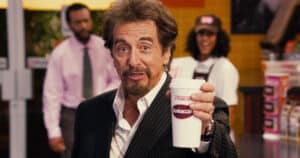
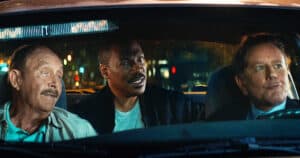
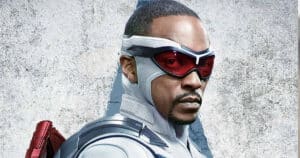
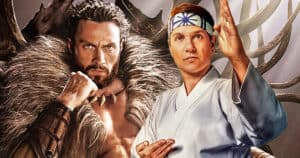
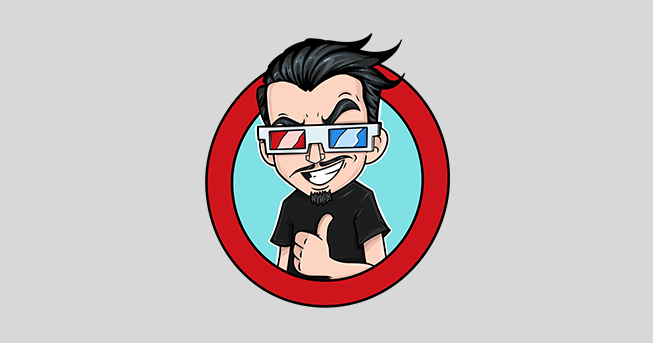
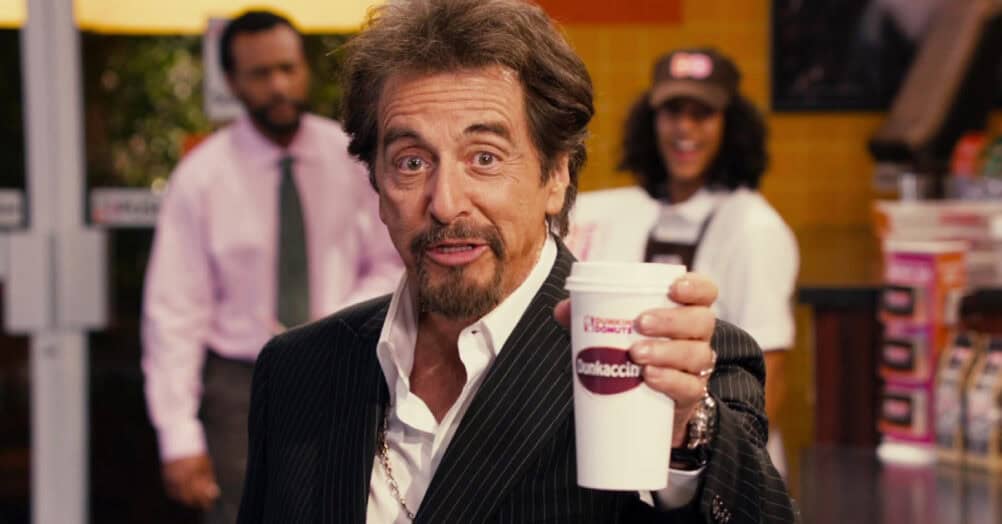
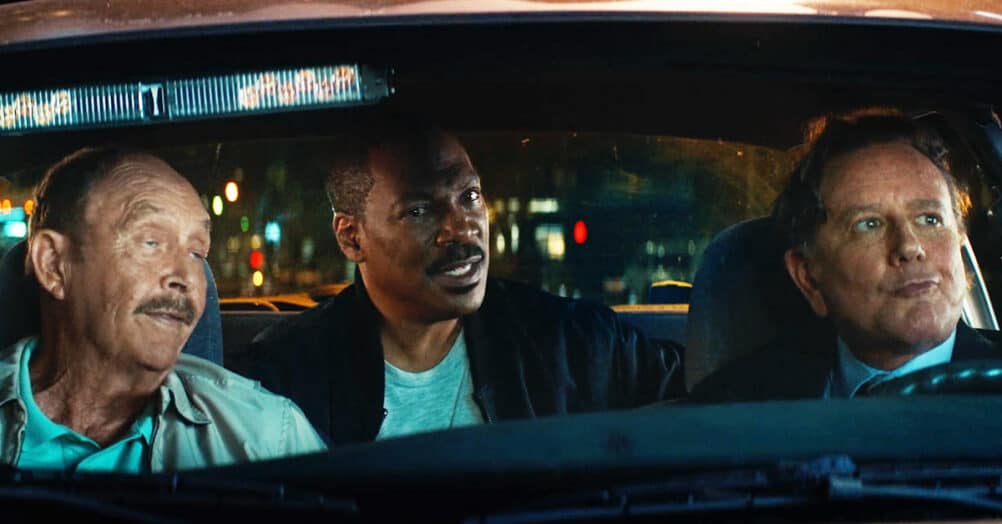
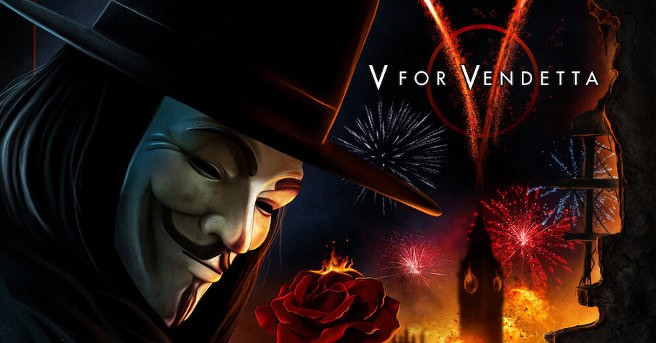
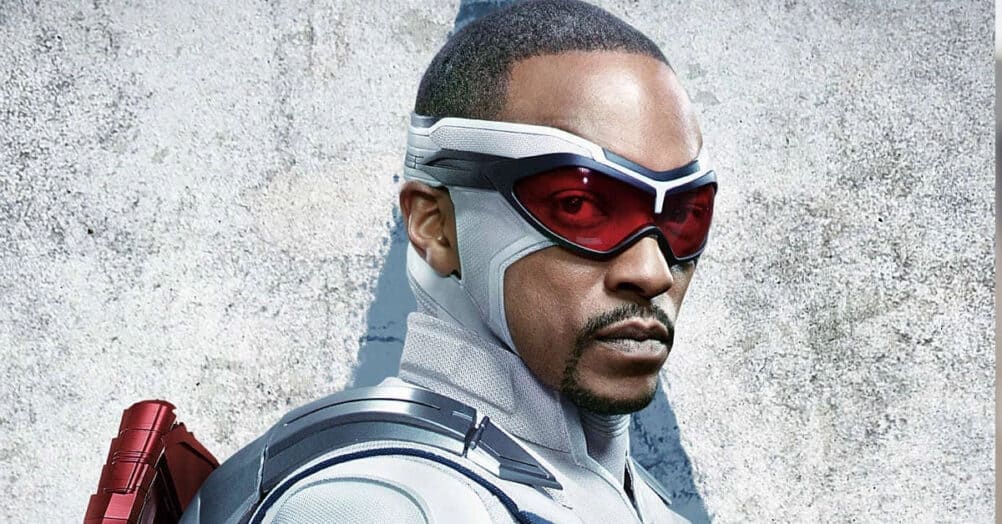
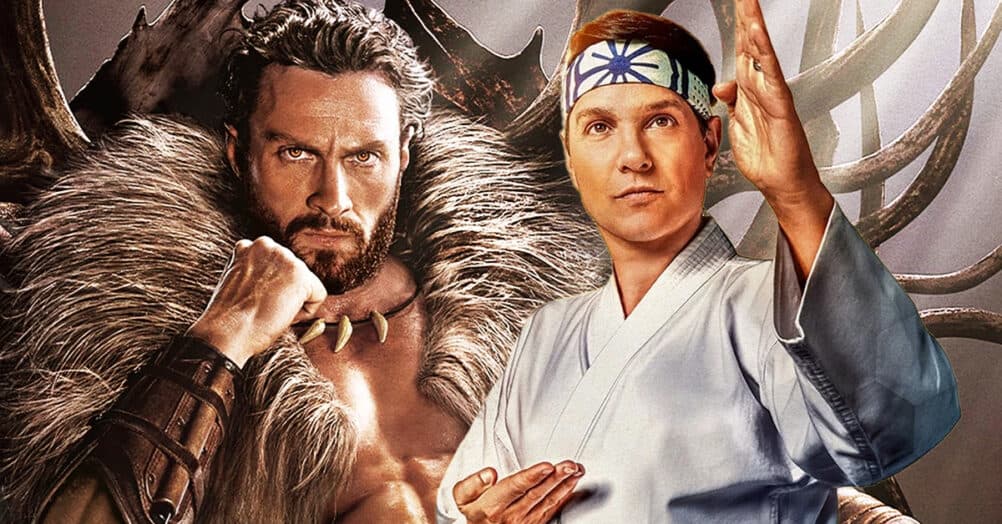

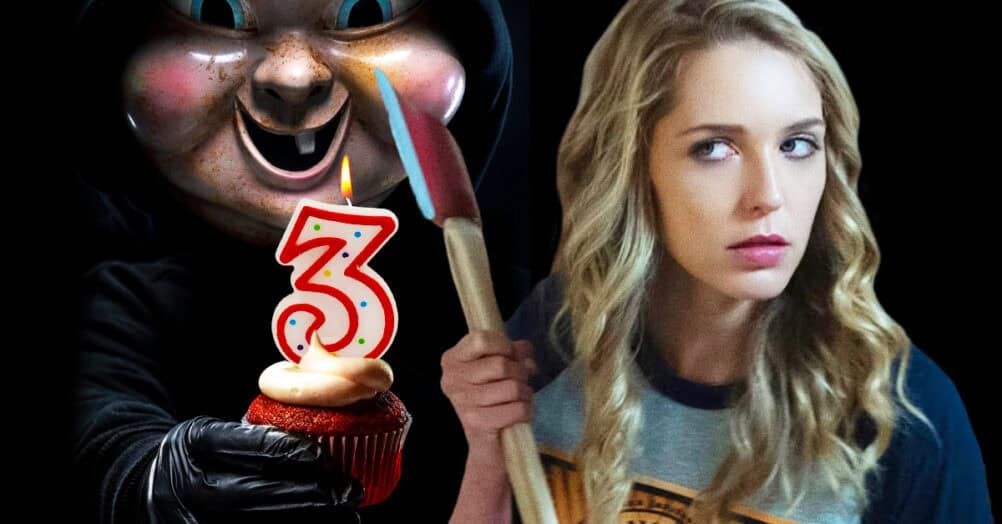
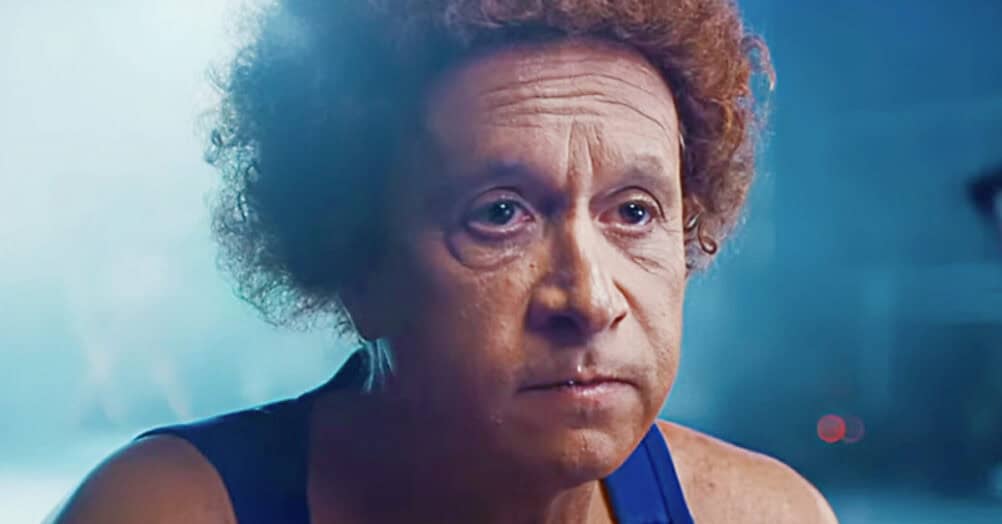
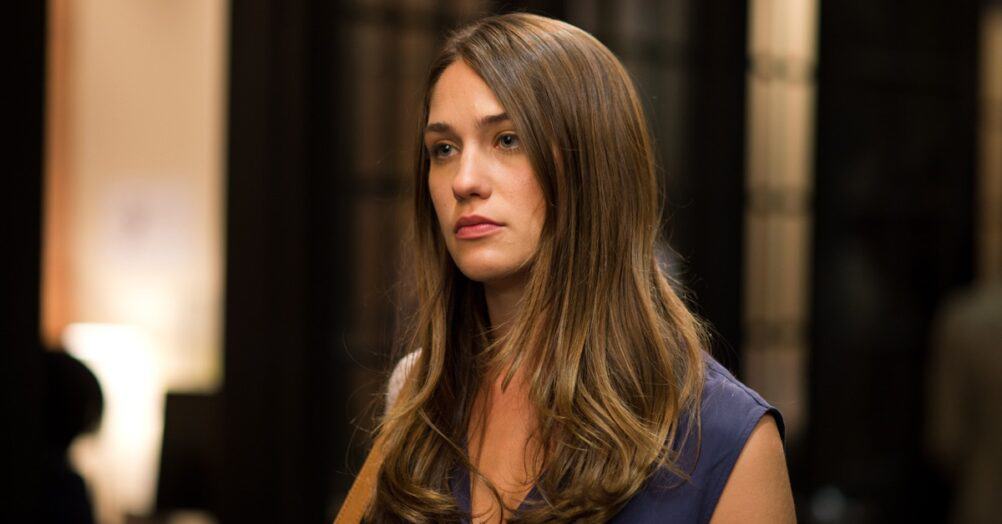
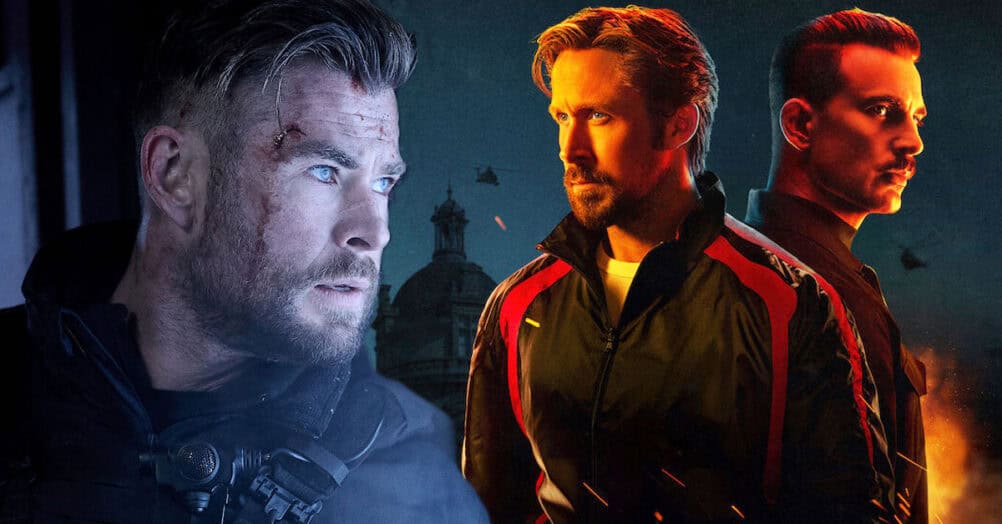
Follow the JOBLO MOVIE NETWORK
Follow us on YOUTUBE
Follow ARROW IN THE HEAD
Follow AITH on YOUTUBE